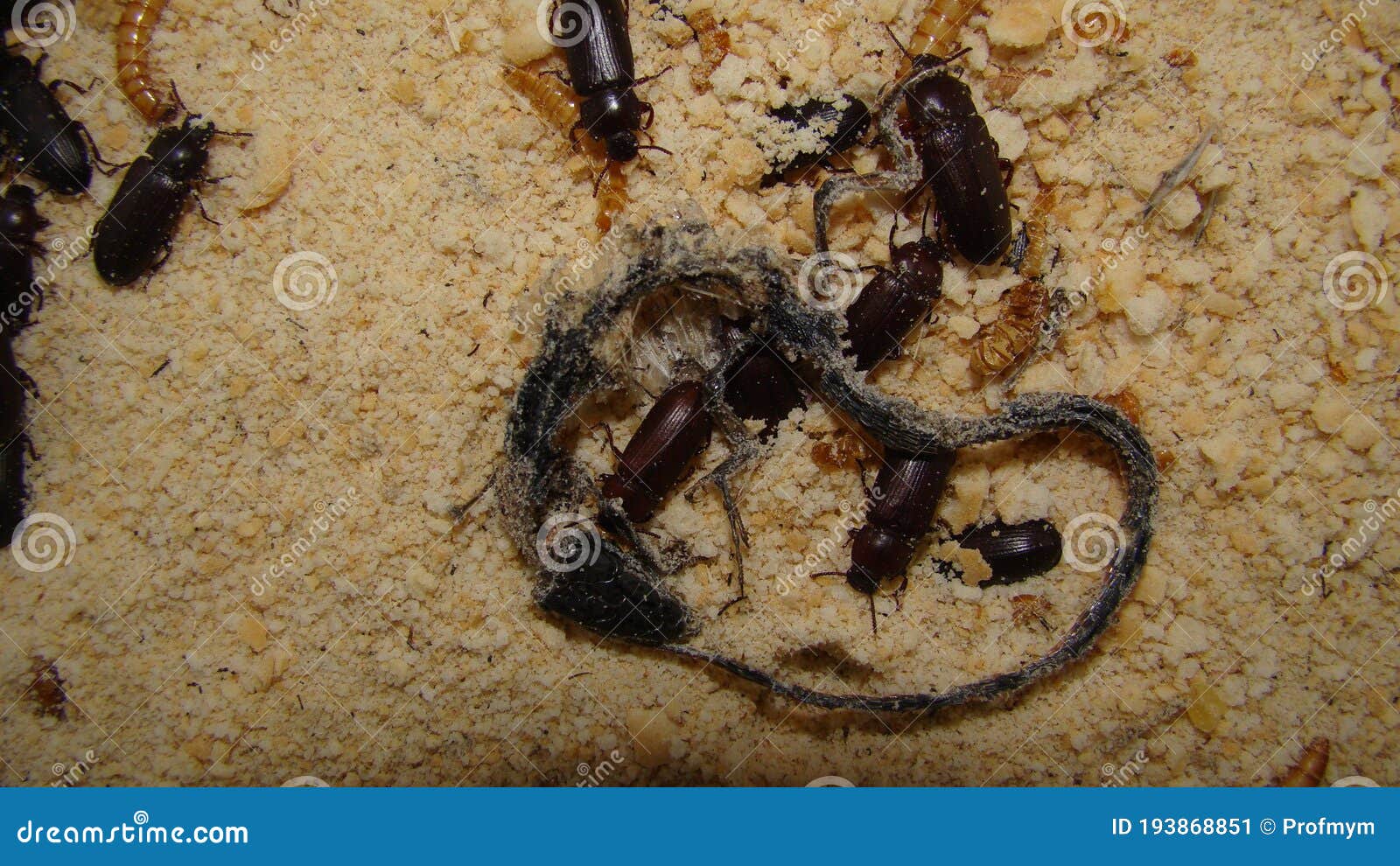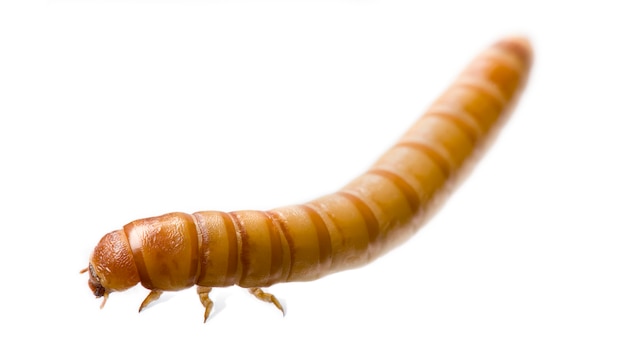

The primary components of dried yellow mealworm are protein, fat and fibre.

The EFSA Panel on Nutrition, Novel Foods and Food Allergens (NDA) determined: “There are no safety concerns regarding the stability of the if the NF complies with the proposed specification limits during its entire shelf life.” So, what did EFSA conclude about dried yellow mealworm?

“It’s challenging work because the quality and availability of data varies, and there is a lot of diversity among insect species.” These can be caused by an individual’s sensitivity to insect proteins, cross-reactivity with other allergens or residual allergens from insect feed, for example gluten. “Critically, many food allergies are linked to proteins so we assess whether the consumption of insects could trigger any allergic reactions. “Formulations from insects may be high in protein, although the true protein levels can be overestimated when the substance chitin, a major component of insects’ exoskeleton, is present,” the food scientist noted. In assessing whether these novel ingredients are safe, EFSA’s scientific opinion took into account myriad issues, from protein content to allergens. Various insect-derived foods have been heralded as a potential source of dietary protein. Understanding their microbiology is paramount, considering also that the entire insect is consumed,” he explained. “Insects are complex organisms, which makes characterising the composition of insect-derived food products a challenge. The safety authority’s opinion was coordinated by Ermolaos Ververis, a chemist and food scientist at EFSA.


 0 kommentar(er)
0 kommentar(er)
